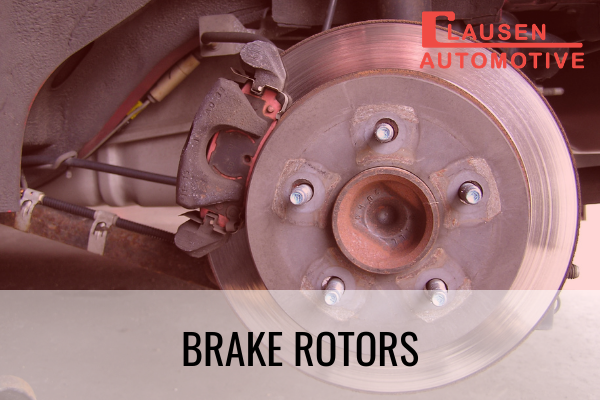Wondering How Often Should You Replace Brake Pads?
If it’s taking you longer than usual for your car to come to a complete stop at red lights and stop signs, it’s time to have your brakes inspected. This may cause you to wonder about how often should you replace brake pads? Because the wear and tear on brakes are unique for every driver due to their driving habits, road conditions, and quality of brake materials, there is not a specific timetable stated in your owner’s manual for replacing brake pads and brakes rotors. But as a rule of thumb, it is wise to have your brakes inspected at every oil change so you can be aware of their ongoing condition.
So, if you’re wondering how often should you replace brake pads, here are some common warning signs:
- Brakes screech and squeal – A small, metallic shim indicator embedded in the brake pad will screech or squeal when it has worn too thin.
- Too thin – Brake pads should be no less than ¼ inch thick (about 3 millimeters) in depth.
- Brakes grind and growl – This sound comes from the metal-on-metal contact between the discs and calipers when the brake pads have worn too thin.
- Warning light – A warning light on the instrument panel will illuminate indicating that it’s time to replace the brake pads.
A word of advice: Generally, brake pads and rotors need to be replaced about every 50,000 miles. For the best stopping performance, replace both the brake rotors and the brake pads at the same time.
Need to know more about how often should you replace brake pads? Contact our ASE Certified Technicians at Clausen Automotive, The Hybrid Shop, for more information about brake repair, including brake pads and brake rotors, and to schedule an appointment. Since 1975, our family-owned auto shop has proudly served vehicle owners in Madison, WI, and the surrounding communities.

If it’s taking you longer than usual for your car to come to a complete stop at red lights and stop signs, it’s time to have your brakes inspected. This may cause you to wonder about how often should you replace brake pads? Because the wear and tear on brakes are unique for every driver due to their driving habits, road conditions, and quality of brake materials, there is not a specific timetable stated in your owner’s manual for replacing brake pads and brakes rotors. But as a rule of thumb, it is wise to have your brakes inspected at every oil change so you can be aware of their ongoing condition.
So, if you’re wondering how often should you replace brake pads, here are some common warning signs:
- Brakes screech and squeal – A small, metallic shim indicator embedded in the brake pad will screech or squeal when it has worn too thin.
- Too thin – Brake pads should be no less than ¼ inch thick (about 3 millimeters) in depth.
- Brakes grind and growl – This sound comes from the metal-on-metal contact between the discs and calipers when the brake pads have worn too thin.
- Warning light – A warning light on the instrument panel will illuminate indicating that it’s time to replace the brake pads.
A word of advice: Generally, brake pads and rotors need to be replaced about every 50,000 miles. For the best stopping performance, replace both the brake rotors and the brake pads at the same time.
Need to know more about how often should you replace brake pads? Contact our ASE Certified Technicians at Clausen Automotive, The Hybrid Shop, for more information about brake repair, including brake pads and brake rotors, and to schedule an appointment. Since 1975, our family-owned auto shop has proudly served vehicle owners in Madison, WI, and the surrounding communities.


